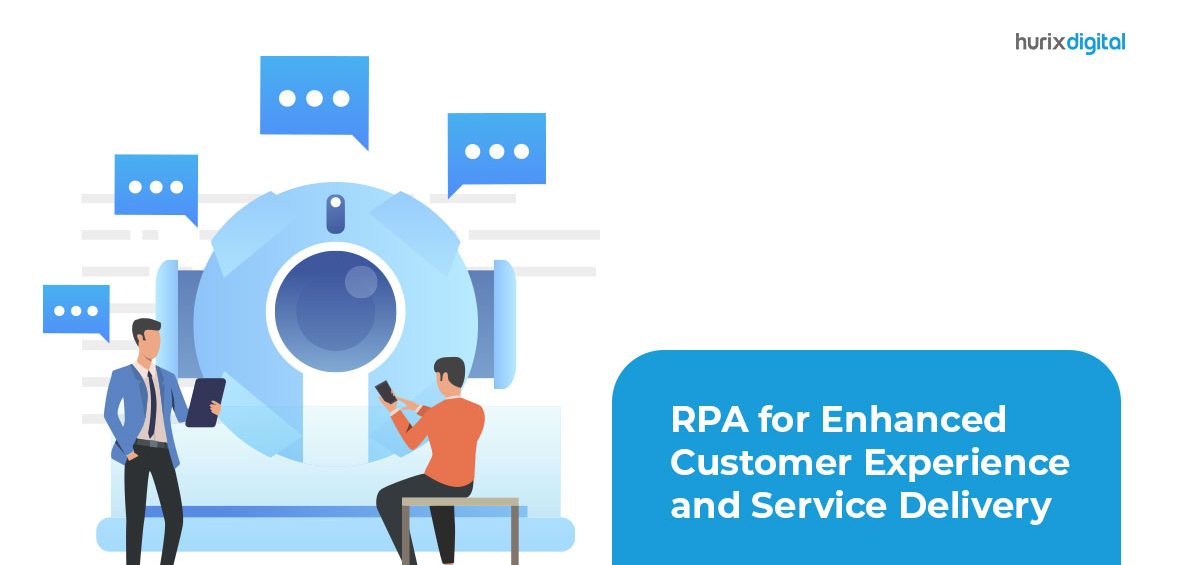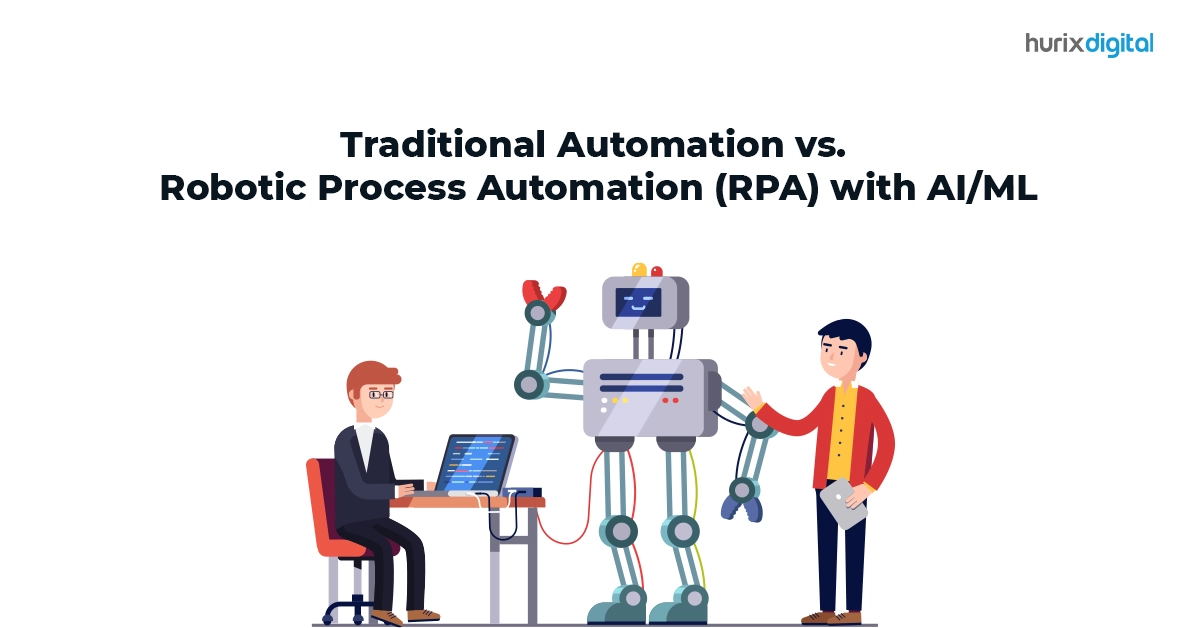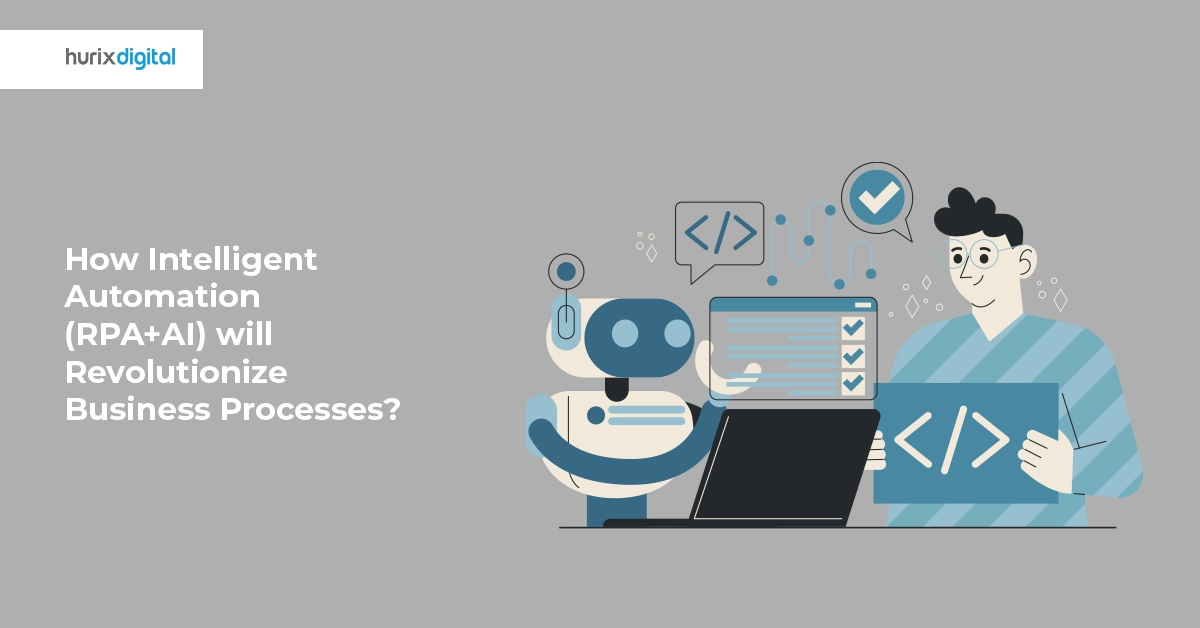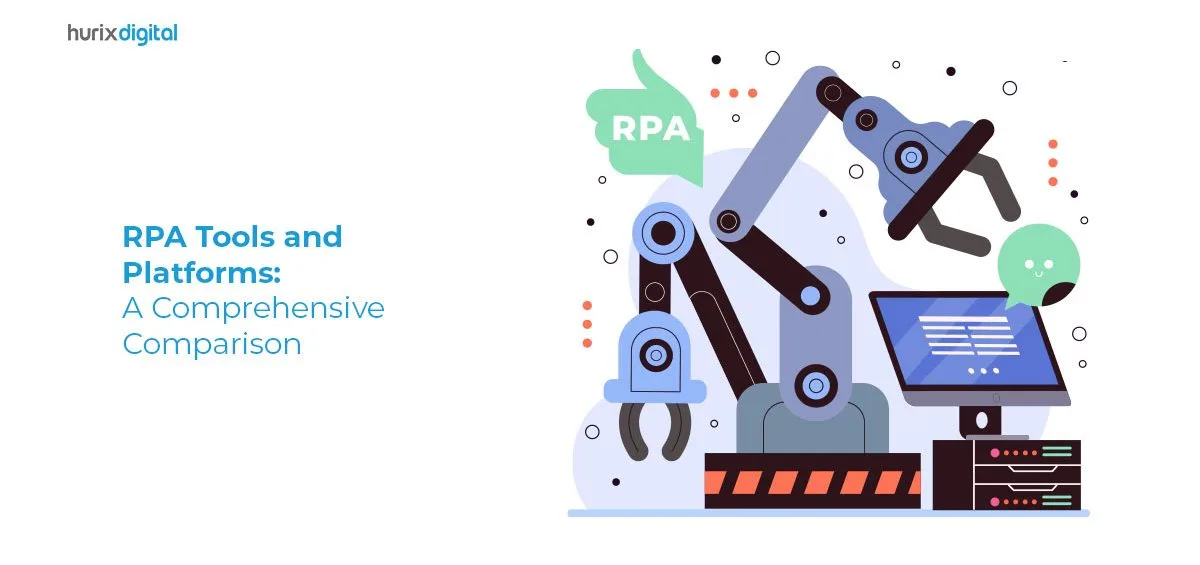Summary
This article explores the limitless possibilities of RPA customer services and how they can revolutionize how businesses interact with their customers. It provides a step by step guide to implement RPA customer services efficiently and effectively.
Table of Contents
- Automating Repetitive Tasks
- Streamlining Customer Onboarding
- Personalized Customer Interactions
- Efficient Customer Support
- Seamless Service Delivery
- Continuous Improvement
- Scaling Up RPA: Unveiling the Challenges Hindering its Deployment
- How to Implement RPA to Improve Customer Service?
- Step 1: Identify the Right Processes
- Step 2: Choose the Right RPA Solution
- Step 3: Build a Cross-Functional Team
- Step 4: Pilot and Test
In an era driven by technology and ever-increasing customer expectations, businesses are constantly seeking innovative solutions to streamline their operations and improve customer services. RPA offers a game-changing approach.
RPA does this by automating repetitive tasks, reducing human error, and freeing up time for employees to focus on more strategic and customer-centric activities.
This blog will explore the limitless possibilities of RPA customer services and how it can revolutionize how businesses interact with their customers, ultimately leading to unparalleled satisfaction and loyalty.
How is RPA Revolutionizing Customer Experience?
Here are the top 6 ways in which RPA customer services improve customer experience:
1. Automating Repetitive Tasks
One of the key advantages of RPA in customer service is its ability to automate repetitive and rule-based tasks. By implementing RPA, businesses can eliminate manual errors and significantly improve process efficiency.
For example, customer data entry, order processing, and invoice generation can be seamlessly automated, freeing up employees’ time to focus on more complex and value-added activities.
2. Streamlining Customer Onboarding
The onboarding process sets the tone for the entire customer journey.
RPA customer services can streamline this process by automating the collection and validation of customer data, generating personalized welcome emails, and even creating customer accounts across various systems.
This reduces the time taken for onboarding and ensures accuracy and consistency in customer information.
3. Personalized Customer Interactions
Robotic Process Automation technology can empower businesses to deliver highly personalized customer experiences. By integrating RPA with CRM systems, businesses can leverage data insights to automate personalized communications.
For instance, RPA can trigger personalized email campaigns, send tailored offers, or even generate customized reports for customers, all based on their specific preferences and behaviors.
4. Efficient Customer Support
RPA can revolutionize customer support by automating common support tasks.
Chatbots powered by RPA can provide instant responses to customer queries, guide customers through troubleshooting processes, and even escalate complex issues to human agents when necessary.
This ensures quick and efficient support, enhancing overall customer satisfaction.
5. Seamless Service Delivery
RPA can optimize service delivery by automating various back-office processes.
For example, in the logistics industry, customer service automation can automate the tracking and delivery notification process, providing real-time updates to customers about their shipments. This level of transparency and proactive communication enhances trust and customer satisfaction.
6. Continuous Improvement
RPA is not only about automation but also about continuous improvement.
By leveraging customer experience analytics and insights, businesses can identify process delays, monitor performance metrics, and make data-driven decisions to enhance service delivery.
RPA can generate detailed reports, highlight improvement areas, and suggest optimization strategies.
Also Read: Overcoming Challenges in RPA Implementation: Best Practices and Solutions
Scaling Up RPA: Unveiling the Challenges Hindering its Deployment
The data from the Forrester report, revealing that over 50% of deployed RPA solutions haven’t scaled beyond 10 robots, highlights a significant hindrance to the scale-up of RPA initiatives.
This data indicates that many organizations face challenges when it comes to expanding their RPA implementations to a larger scale. Several factors contribute to this hindrance.
- First and foremost, implementing Robotic Process Automation requires careful planning and strategic execution. Organizations may underestimate the complexity and effort involved in scaling up RPA, leading to difficulties in managing and coordinating a larger number of robots. This lack of foresight can result in limited scalability.
- Another key factor is the need for robust governance and control mechanisms. As the number of robots increases, it becomes crucial to establish proper governance frameworks to ensure compliance, security, and centralized management of the RPA infrastructure.
- Additionally, organizations may face resistance or a lack of preparedness among employees when it comes to adapting to the changes brought about by RPA. Lastly, technical limitations and compatibility issues can pose hurdles to scaling up RPA.
Organizations may face challenges integrating RPA with legacy systems, complex IT environments, or diverse software applications.
How to Implement RPA to Improve Customer Service?
According to Statista, the RPA software market experienced remarkable growth in 2022, reaching a value of $3 billion.
The growth of the RPA software market highlights the increasing importance of leveraging this technology to improve customer experience and gain a competitive edge in today’s dynamic business landscape.
Here are the key steps to help you implement RPA effectively in your customer service:
1. Step 1: Identify the Right Processes
Start by identifying the processes that can benefit the most from automation. Look for repetitive, rule-based tasks that consume significant time and resources.
For example, customer data entry, order processing, invoice generation, or routine customer inquiries can be prime candidates for automation.
2. Step 2: Choose the Right RPA Solution
Evaluate different RPA software options to find the one that best fits your business needs. Consider factors such as scalability, compatibility with existing systems, ease of implementation, and support services.
Select an RPA solution that aligns and provides the necessary features for efficient customer experience automation.
3. Step 3: Build a Cross-Functional Team
Establish a team with representatives from IT, operations, customer service, and other relevant departments.
This cross-functional team will ensure a holistic approach to RPA implementation, covering technical aspects, process mapping, change management, and ongoing maintenance.
4. Step 4: Pilot and Test
Begin with a pilot project to validate the effectiveness of RPA in improving customer service.
Select a process with a significant impact on customer experience and test the RPA solution in a controlled environment. Monitor the results, collect feedback from stakeholders, and make necessary adjustments.
5. Step 5: Scale Up and Monitor
Once the pilot project is successful, gradually scale up the implementation of RPA across other relevant processes. Monitor the performance of the automated tasks, track key metrics, and continuously optimize the processes.
Also Read: Top 6 Ways to Improve Efficiency with RPA in Higher Education
Conclusion
RPA presents a tremendous business opportunity to enhance customer experience and service delivery. By automating repetitive tasks, streamlining onboarding processes, improving support, enabling seamless service delivery, and driving continuous improvement, RPA can revolutionize how businesses interact with their customers.
Embracing RPA not only boosts efficiency and accuracy but also cultivates a culture of customer-centricity. Don’t let manual, repetitive tasks hold you back. Embrace the future of automation with Hurix Digital’s RPA Services and Solutions.
Contact us today to schedule a consultation and take the first step toward transforming your business.











